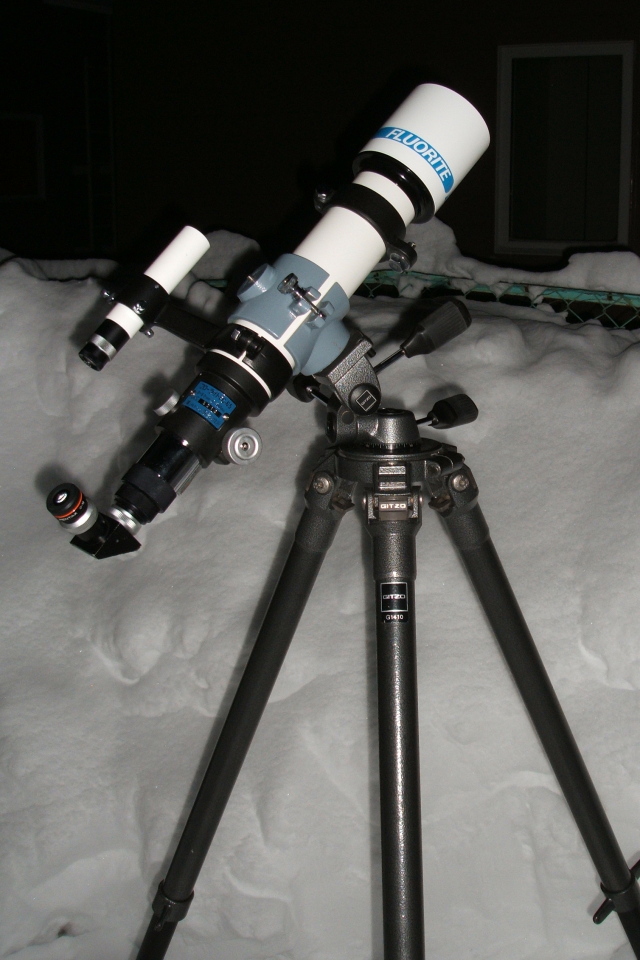

Single 20-minute exposure through a 300mm f/2.8 lens. So the camera itself is less expensive, although with some setups, more extraneous hardware may be required.Ībove: Image of the Lagoon Nebula region with a Canon EOS 20Da (enhanced DSLR). Canon has sold over 1 million of its EOS Digital Rebel XT cameras. DSLRs are mass produced, so economies of scale come into play. CCD chips are much more sensitive, they have fewer pixel defects, they have less noise, and the cameras often feature thermoelectric cooling to reduce noise even further. For a given size chip, a DSLR will cost less than a CCD. The larger the chip is in a CCD or DSLR, the more the camera will cost (all else being equal). The biggest advantage of using a digital SLR is cost (with some notable exceptions discussed below). Greater sensitivity makes imaging through filters (narrowband or light pollution filters) easier.Less hardware may be required for CCD imaging, depending on the setup (see below).The fast exposures also mean that most of the time less equipment and hassle will be required.The shorter exposure times required by CCDs means learning is easier.Most (but not all) CCDs have a linear response, which means they can be used for photometry-studying the brightness of objects such as variable stars or asteroids.CCD cameras have a greater dynamic range than digital SLRs, meaning they can more easily capture both faint and bright detail in a single exposure.

#BEST TELESCOPE FOR ASTROPHOTOGRAPHY DSLR PROFESSIONAL#
Then, in the 1970s, professional astronomers began using CCD cameras instead of film. While film became faster and faster, the technology itself changed very little. Film then was thousands of times slower than it is today. Film astrophotography began in the late 19th century with photographs of the moon, sun, and bright stars.


 0 kommentar(er)
0 kommentar(er)
